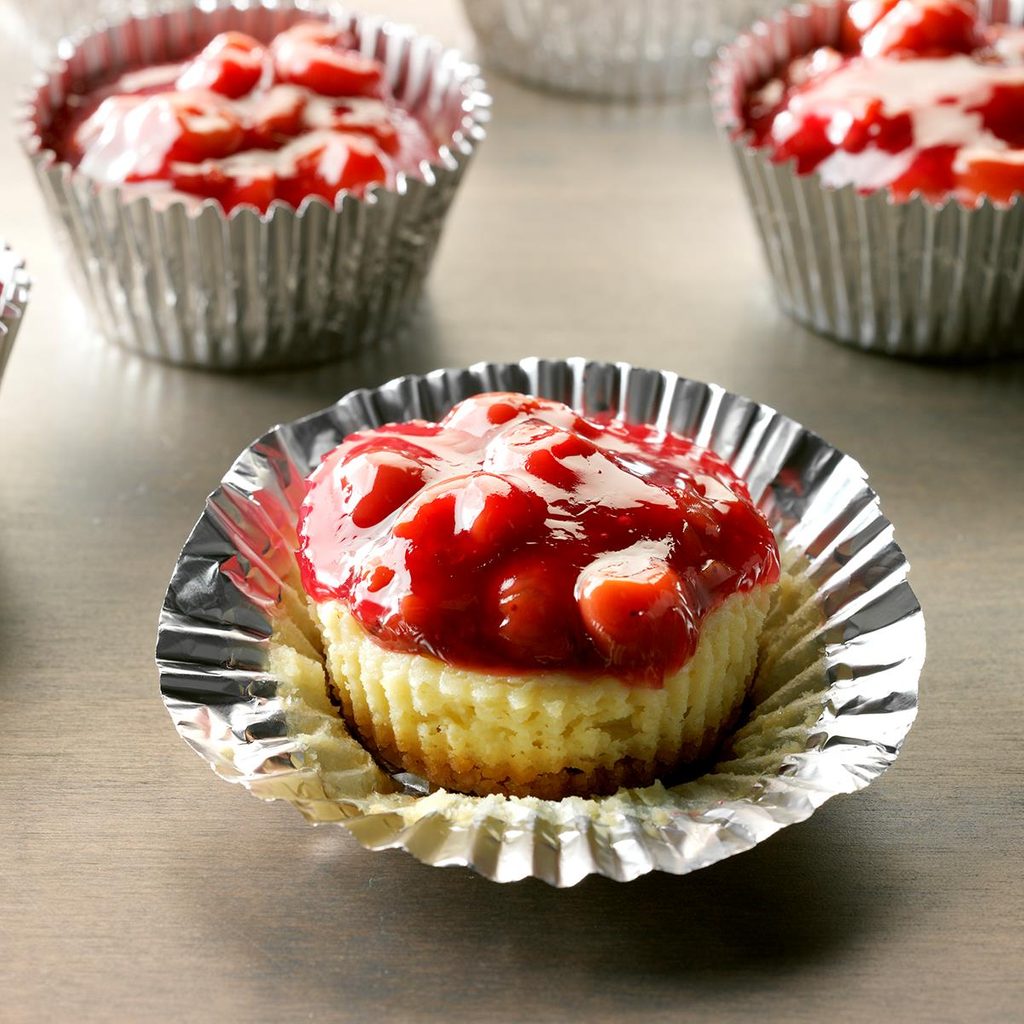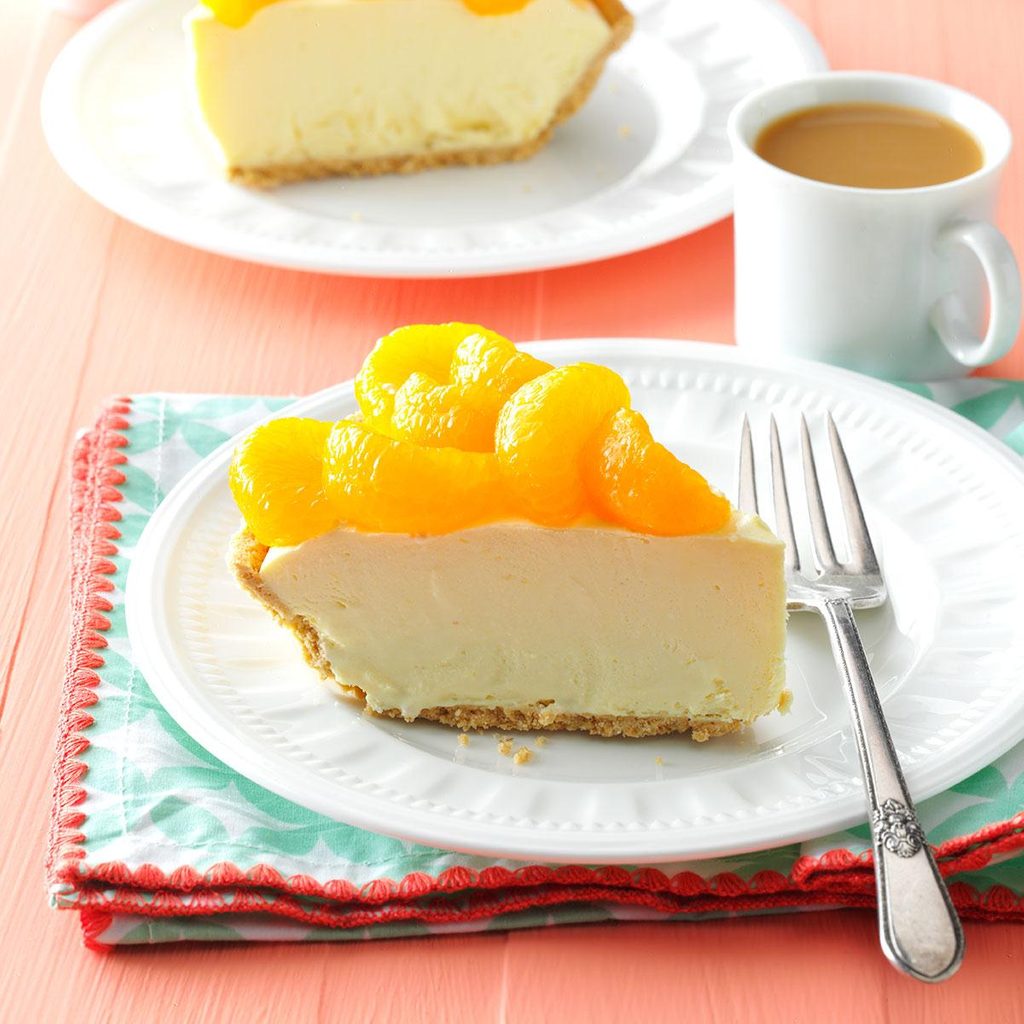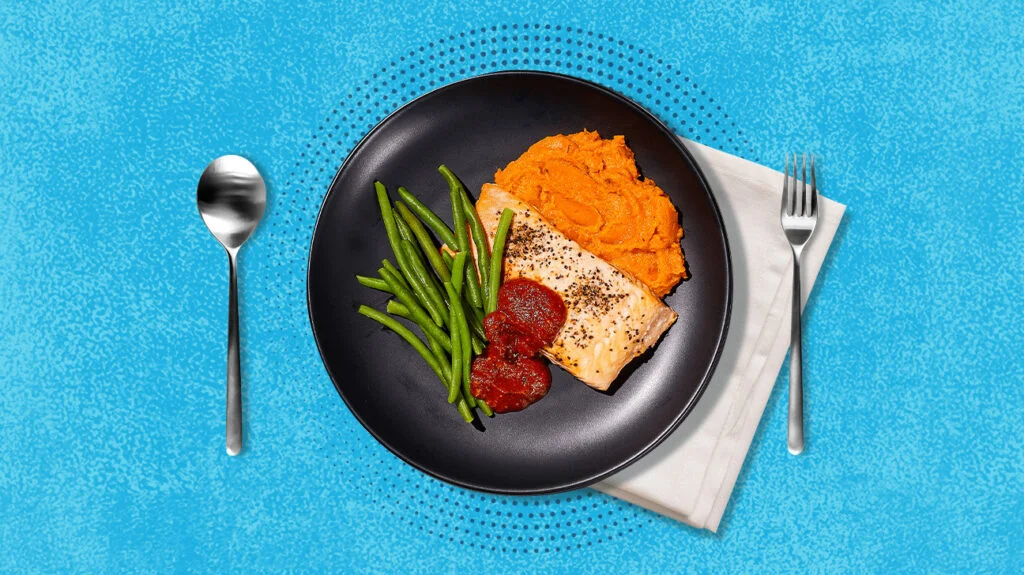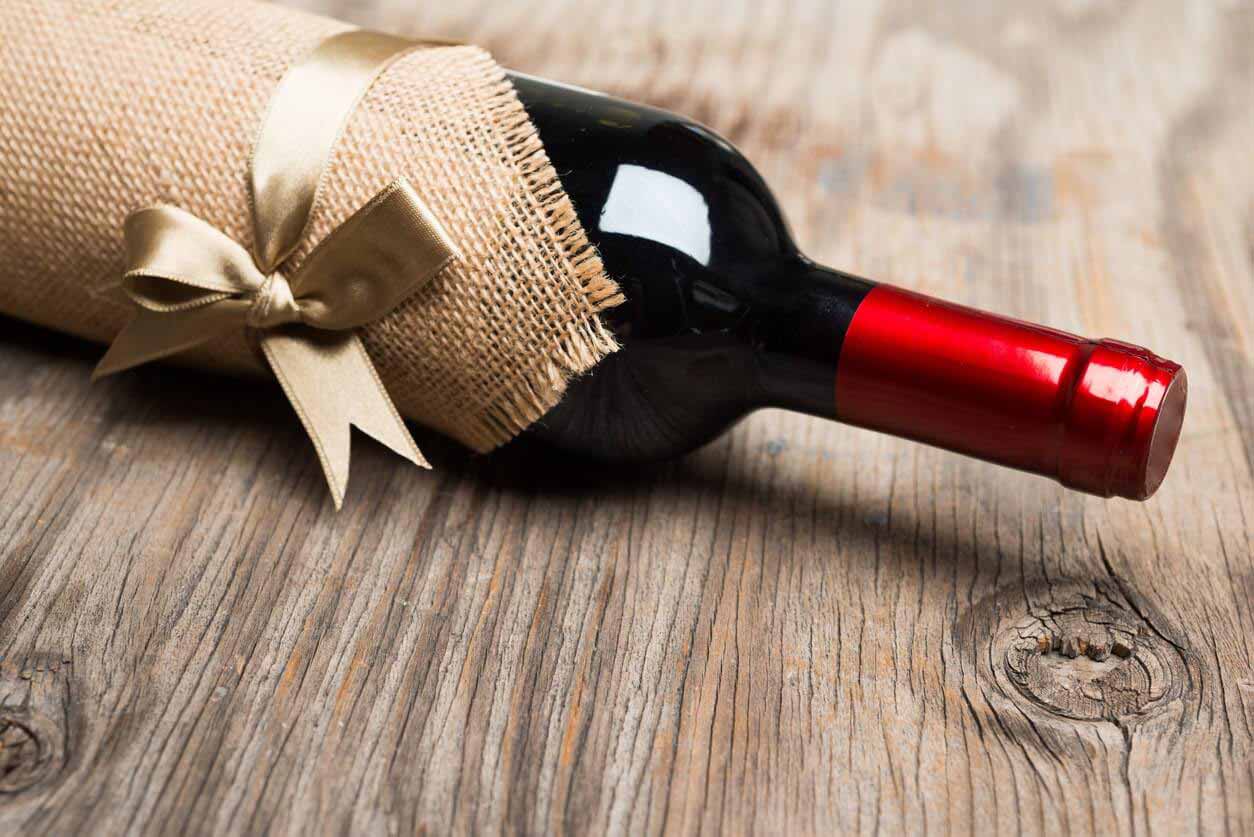Table of Contents
ToggleFilled with squiggly noodles, flavorful dressing, a medley of vegetables, and sometimes meat and cheese, pasta salad is a mainstay of summer picnics and backyard get-togethers. However, a bad pasta salad is not only a bummer, it can be surprisingly common. Here, we break down some of the most common mistakes and recommend the best techniques for a successful salad, so your next batch can truly shine.

Start With the Right Size and Shape of Pasta
When it comes to picking a pasta for your salad, there are a lot of choices. And believe it or not, the size and shape of the pasta matter when making this summery side dish.
For a truly standout pasta salad, stick with dried pasta. Fresh pastas, while great when eaten just after cooking, won’t hold up quite as well when held over time. Dried pasta can be served chilled or at room temperature, and is sturdy enough to maintain its texture when tossed with dressing and other ingredients.
Avoid long pasta when making pasta salad. Short pasta shapes, with plenty of nooks and crannies — like fusilli, farfalle, rotini, and penne — are ideal choices for pasta salad. Their small size makes them easy to serve and eat, and their little folds and pockets provide plenty of spaces to trap dressing, herbs, and small ingredients.

Overcook the Pasta
Pasta is the star of this dish, so it’s important to make sure it’s cooked just right. However, just right for pasta salad is different from just right for a bowl of sauced pasta you’re planning to eat right away.
An important thing to remember about pasta is that it hardens and gets chewy as it cools. Since it’s not being served hot or with sauce, the pasta benefits from an extra minute of cooking, but don’t let it get mushy. For a well-cooked pasta salad, plan to cook the pasta until just past al dente. Adding an extra minute or two of cook time will keep the pasta soft while it cools.
Season the Pasta Well
Unlike warm meals, the flavors in cold dishes can be more muted and require a little more seasoning. The last thing you want is a bland pasta salad.
To make sure your pasta salad is well-seasoned and flavorful, it’s best to start seasoning early. The best time to do this is right out of the gate when you’re cooking the pasta. Use extra-salted water and the pasta will be well-seasoned by the time it’s cooked. Be sure to taste and adjust the seasoning as necessary as you add the dressing and other ingredients.

Don’t Rinse the Pasta
Running the cooked pasta under cool water to chill it down rapidly seems like a fairly obvious move, but not so fast. Rinsing will wash away precious starch that can help form a dressing that clings to the pasta. Instead, spread the drained pasta on a rimmed baking sheet and toss with a little olive oil (to prevent sticking.) Spreading the pasta out will help it cool faster without rinsing a key element in a good pasta salad down the drain.
Dress Pasta Salad When it’s Still Warm
There’s no reason to wait until the pasta is completely cooled to add the dressing. In fact, if you do, you’re missing out on an even more flavorful pasta salad.
Toss the pasta with about two-thirds of the dressing while it’s still warm, and add the remainder just before serving. The warm pasta will absorb the dressing a lot easier, creating a pasta salad that’s well-seasoned and full of flavor.
Blanch Crunchy Vegetables
Crunchy vegetables like broccoli, cauliflower, and carrots can be great in a pasta salad, but they can also be unpleasant to eat when mixed in raw. For vegetables like these, giving them a quick blanch in boiling water will soften them up without completely destroying their texture, and allow them to blend in better with the rest of the salad. Avoid large chunks of vegetables in pasta salad, which can also make it difficult to eat. Cut vegetables into small bite sized pieces before blanching.
Add Ingredients According to Hardiness
If you’re planning on serving your pasta salad immediately, you can ignore this one. If, on the other hand, you’re planning on making pasta salad in advance, be thoughtful about the order you add ingredients.
Hardy ingredients like celery, sweet peppers, onions, and hard cheeses like Parmesan that won’t wilt when coated in dressing can be added right away. Hold off on adding more fragile ingredients like fresh herbs, tomatoes, baby greens, or soft cheeses like mozzarella.

Don’t Make Pasta Salad Too Far in Advance
I love getting a jump start on meal prep whenever I can, but if this dish is made too far in advance, you’ll with a bowl of soggy pasta salad. While it will technically stay “good” for a couple days, it’s best to make pasta salad the day of or the day before you plan to eat it to retain the best texture and flavor from both the pasta and any mix-ins, especially delicate ones like cherry tomatoes or soft herbs.







